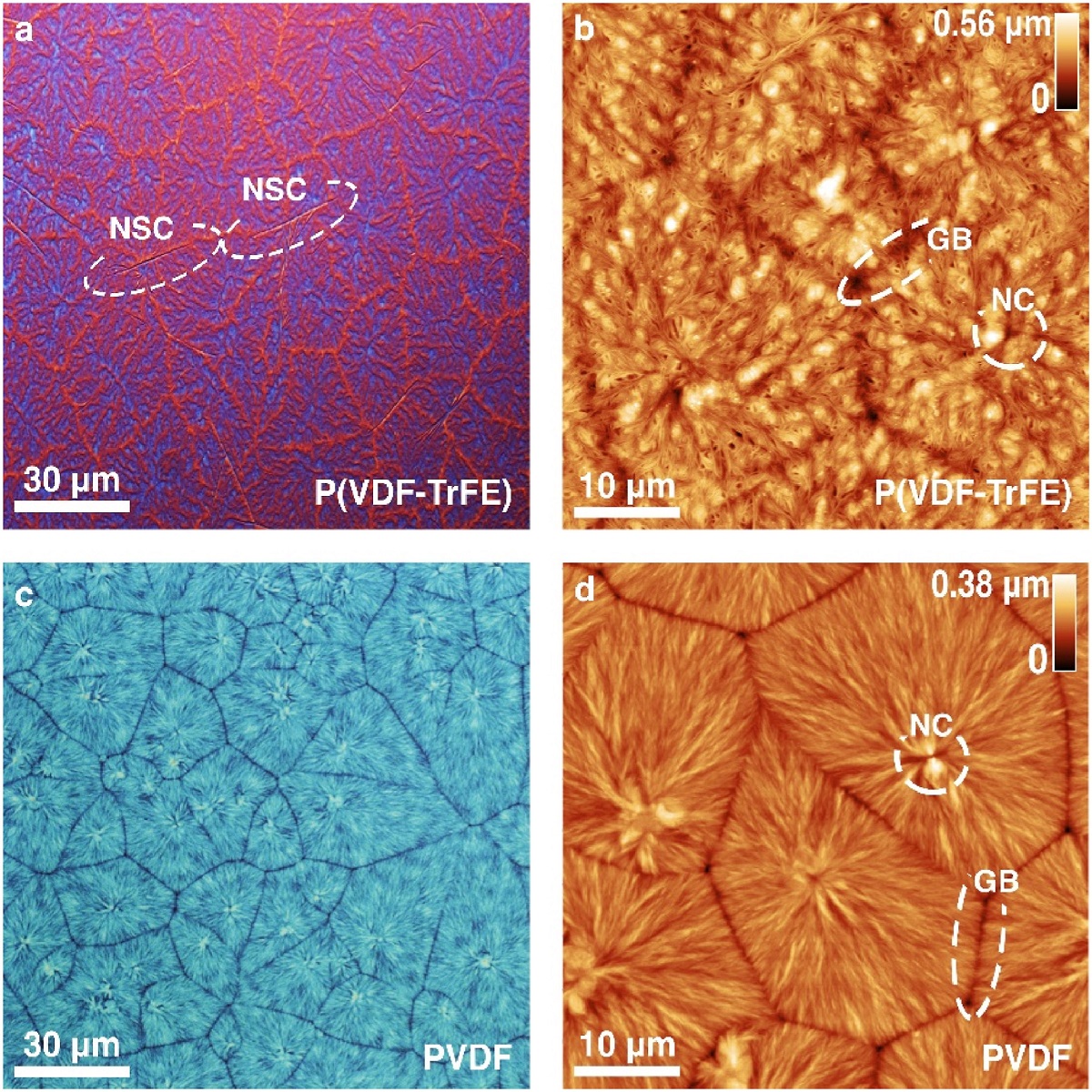The nature of the electrolyte cation is known to have a significant impact on electrochemical reduction of CO2 at catalyst|electrolyte interfaces. An understanding of the underlying mechanism responsible for catalytic enhancement as the alkali metal cation group is descended is key to guide catalyst development. *
In the article “Studying the cation dependence of CO2 reduction intermediates at Cu by in situ VSFG spectroscopy” Liam C. Banerji, Hansaem Jang, Adrian M. Gardner and Alexander J. Cowan use in situ vibrational sum frequency generation (VSFG) spectroscopy to monitor changes in the binding modes of the CO intermediate at the electrochemical interface of a polycrystalline Cu electrode during CO2 reduction as the electrolyte cation is varied. *
Three alkali metal cations have been chosen for analysis: K+, which is the most commonly used electrolyte cation for eCO2R, Cs+, which has been shown to give the greatest enhancement for C2+ products, and Na+, which shows poorer eCO2R performance than K+ whilst maintaining appreciable levels of C-based products. The ability of VSFG to study catalyst|electrolyte interfaces without the need for modifications, as required in the spectroelectrochemical studies mentioned in the article, which can fundamentally alter the electrodes activity, makes it an important tool to assess the mechanisms occurring on the pc-Cu electrodes routinely employed for eCO2R. *
A CObridge mode is observed only when using Cs+, a cation that is known to facilitate CO2 reduction on Cu, supporting the proposed involvement of CObridge sites in CO coupling mechanisms during CO2 reduction. Ex situ measurements show that the cation dependent CObridge modes correlate with morphological changes of the Cu surface. *
The results presented in the article suggest that a high level of bridge site formation is related to, or facilitated by, the Cu restructuring that happens as a result of the use of the Cs+ cations in the supporting electrolyte. Recent reports have indicated that multiple (bridge) bound CO may be electrochemically inert but this work builds on the emerging evidence that CObridge sites are a key intermediate in the CO–CO coupling step that is required for C2+ formation during eCO2R. *
NanoWorld Pointprobe® CONTR AFM probes for contact mode atomic force microscopy (AFM) were used to characterize the morphology of the CU electrode surface before bulk electrolysis and after bulk electrolysis.*

*Liam C. Banerji, Hansaem Jang, Adrian M. Gardner and Alexander J. Cowan
Studying the cation dependence of CO2 reduction intermediates at Cu by in situ VSFG spectroscopy
Chemical Science 2024, 15, 2889-2897
DOI: https://doi.org/10.1039/D3SC05295H
The article “Studying the cation dependence of CO2 reduction intermediates at Cu by in situ VSFG spectroscopy” by Liam C. Banerji, Hansaem Jang, Adrian M. Gardner and Alexander J. Cowan is licensed under a Creative Commons Attribution 3.0 International License, which permits use, sharing, adaptation, distribution and reproduction in any medium or format, as long as you give appropriate credit to the original author(s) and the source, provide a link to the Creative Commons license, and indicate if changes were made. The images or other third-party material in this article are included in the article’s Creative Commons license, unless indicated otherwise in a credit line to the material. If material is not included in the article’s Creative Commons license and your intended use is not permitted by statutory regulation or exceeds the permitted use, you will need to obtain permission directly from the copyright holder. To view a copy of this license, visit https://creativecommons.org/licenses/by/3.0/.

